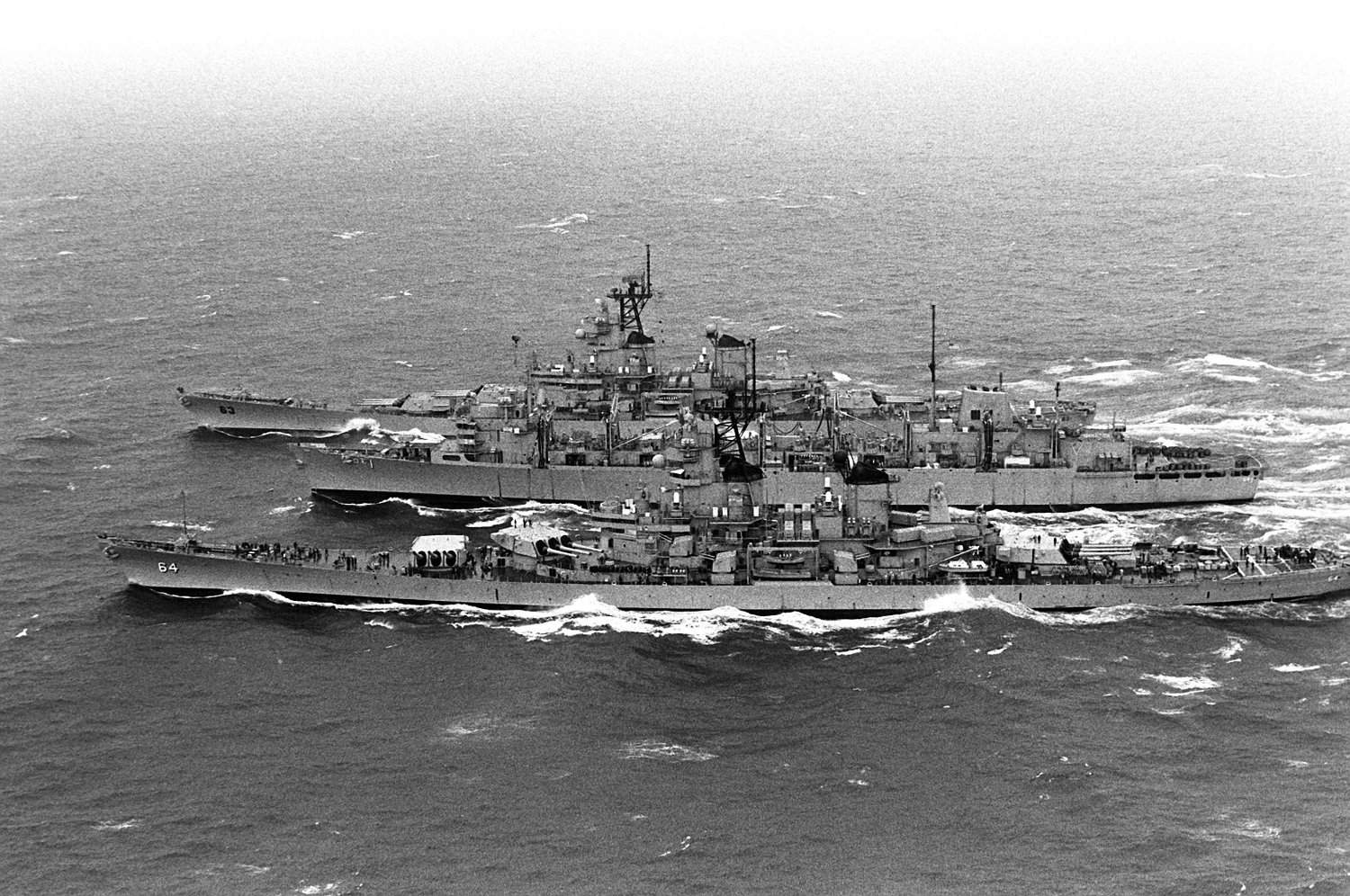Another question for you guys:
While browsing the internet, I came upon this picture showing the USS New Mexico being resupplied with 14" shells. I assume the reloading of 16" shells for the Iowas was handled in a similar way.
How were shells transferred onto the battleships? How long would the guns have to be out of service to completely refill the magazines? In a time when the guns were being fired very often (say during WWII), how often would the magazine need replenishment? Was any replenishment at sea required during the 80s when all the Iowas were reactivated?
Thanks for your help!
While browsing the internet, I came upon this picture showing the USS New Mexico being resupplied with 14" shells. I assume the reloading of 16" shells for the Iowas was handled in a similar way.
How were shells transferred onto the battleships? How long would the guns have to be out of service to completely refill the magazines? In a time when the guns were being fired very often (say during WWII), how often would the magazine need replenishment? Was any replenishment at sea required during the 80s when all the Iowas were reactivated?
Thanks for your help!





Comment